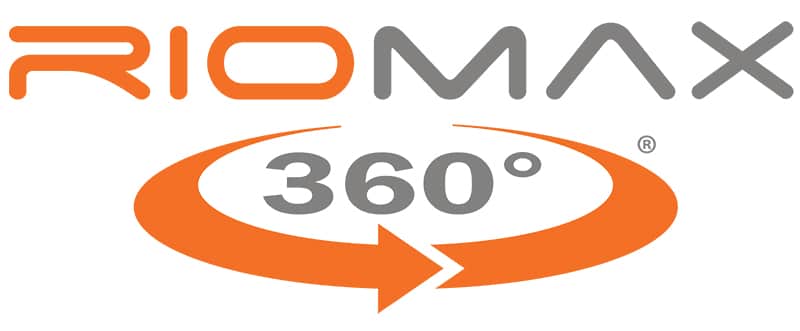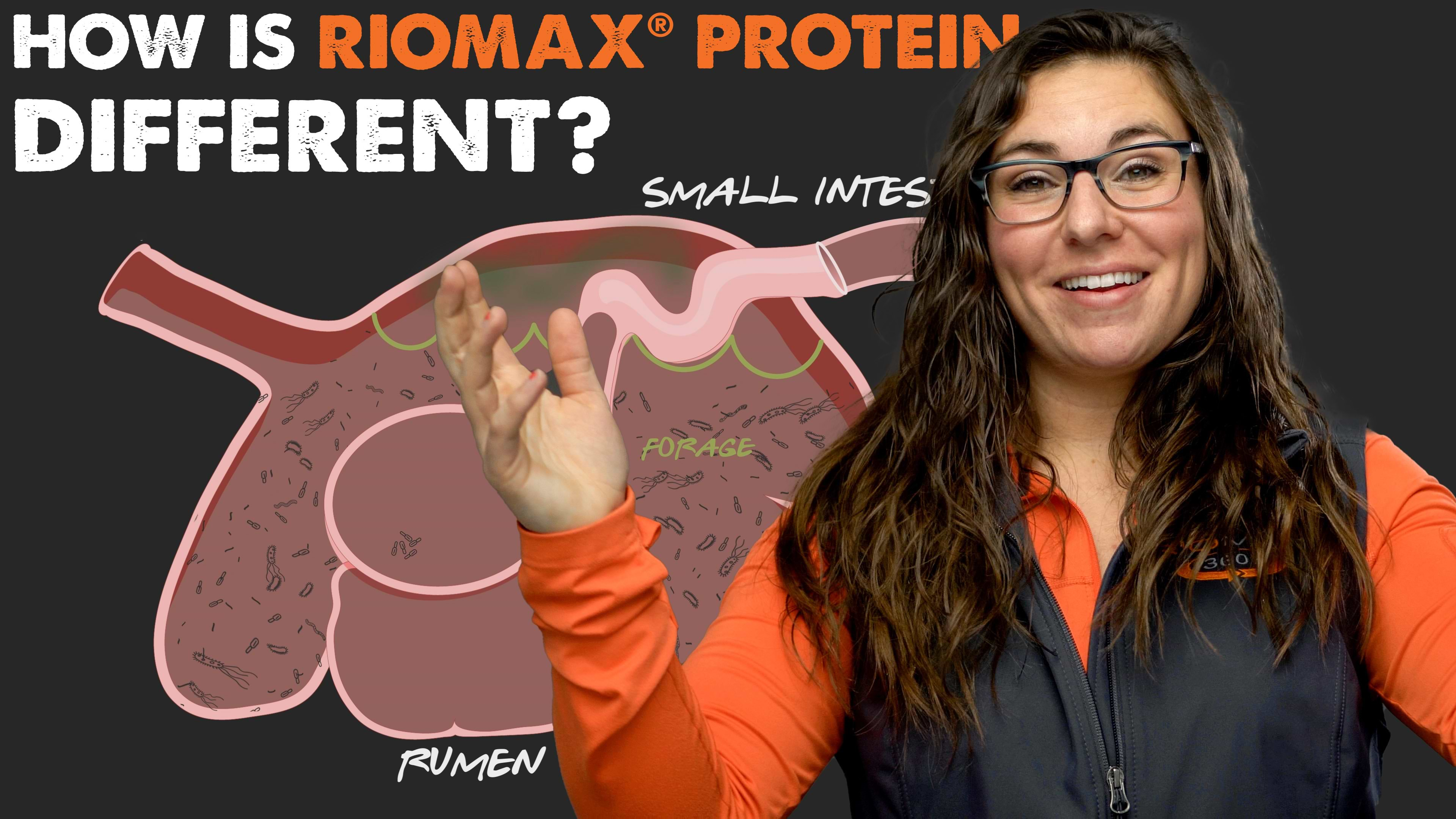Last updated on October 5th, 2023 at 10:36 am
'We're different!' A claim that has become all too common in the marketplace. Sure, every business may be unique in some way, but as buyers, how are we supposed to know which product is actually different enough to make a better impact on our lives?
We’ll be the first to admit, we’ve always proclaimed that Riomax® is different. Maybe you’ve asked yourself, are they actually different from other livestock nutrition products on the market?
That’s why we feel we owe it to you to thoroughly back up and explain our claim. The first and foremost difference between Riomax® and other herd health products is the way we do protein. Because our approach to protein is fundamentally different from pretty much every other tub out there, it’s important to have a clear understanding of how it works and how it drives results on countless ranches across the continent.
It’s not always easy to find a product that will deliver extra protein to your cattle cost-effectively, and actually make a positive impact on herd performance. There are two main methods of feeding protein to your livestock: direct-fed supplementation and indirect fed supplementation. Which technique is best for your own operation?
Direct-fed Supplementation
Direct-fed protein is the most common way to provide supplemental protein to livestock across the industry. It’s not complicated; a specific percentage of protein is in the supplement, animals consume the product, and receive that direct source of protein.
For example, think of a 20% protein tub. The company or manufacturer creates the tub with specifically 20% protein in it. The animals consume the product, and they get however much protein is in the tub, no more, no less.
Now, if you think of everything a cow eats in a day, its protein supplement is a very small percentage. If you picture a dartboard…

The whole dartboard represents an entire diet of a cow; everything she eats in a day. The bullseye in the center of the dartboard represents her supplement. Out of her entire diet, just 2% is her supplement, whether it be salt, protein, supplemental cake, etc.
Thinking back to the 20% protein tub, for example, the tub is just 2% of the cow’s diet. That means the cow is getting very little protein, in comparison to everything else she eats in a day. Of course, direct-fed protein is still effective and there is nothing wrong with it. The industry has used this method for many years to get extra protein to livestock.
The other way to provide protein to livestock is less well-known.
Indirect Supplementation
IST, or indirect supplementation technology, is fundamentally different from direct-fed protein.
Unlike direct-fed protein, which is designed to provide a certain specific percentage of protein, indirect supplementation works to optimize the cow’s entire feed program; everything she eats in a day. In other words, rather than providing a specific percentage of protein, IST helps pull more protein out of whatever forage a cow consumes.
Look at the dartboard again. Instead of only focusing on the bullseye (2% of the cow’s diet), indirect fed protein utilizes the entire dartboard (100% of the cow’s diet).
But how does it work?
Indirect supplementation technology is made possible by numerous different digestion components that stimulate and hyper-activate the fungi and the microbial communities in the rumen. The more microbes there are and the more active they are, the better and faster they can break down feed and forages. Ultimately, it results in more protein and nutrients extracted from every mouthful the cow takes, no matter what the quality of the forage is.
So, rather than being restricted to a certain percentage of protein in a tub, indirect supplementation technology helps the cow work more efficiently, better-utilize whatever her diet consists of, and get additional protein from her forages.
Microbial Protein
Furthermore, when you put this emphasis on the microbial activity in the rumen and you work to increase the microbial count, it will result in more protein for the cow to use.
Microbial protein, which is essentially dead microbes, is a major source of protein for the cow. Not only do microbes help squeeze more protein from the forages a cow eats, those same microbes also repopulate, die off, and then become protein themselves! Because this protein is created naturally in the cow’s rumen, we like to call it ‘Mother Nature’ protein.
This additional source of protein plays a critical role in helping the cow meet her requirements.
The Fundamental Difference...
Now that you hopefully have a better understanding of the the different types of protein, you’ll better understand why Riomax® proclaims to be ‘different’. Riomax® doesn’t have a set percentage of protein listed on the lick tub tag, because we use indirect fed supplementation technology. This technology has been proven to work on any forage, anywhere.
We’d love to prove it on your operation, so you can squeeze more out of what you’ve already got. With the tight margins that this industry has, it’s important to not let anything go to waste.



